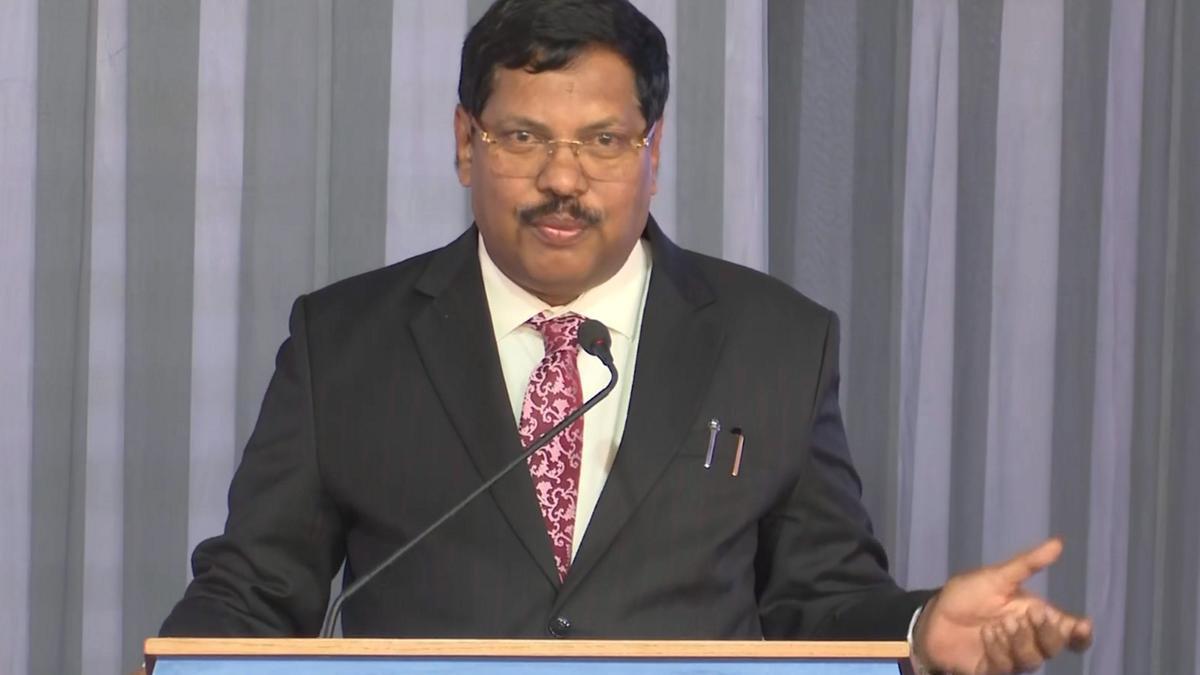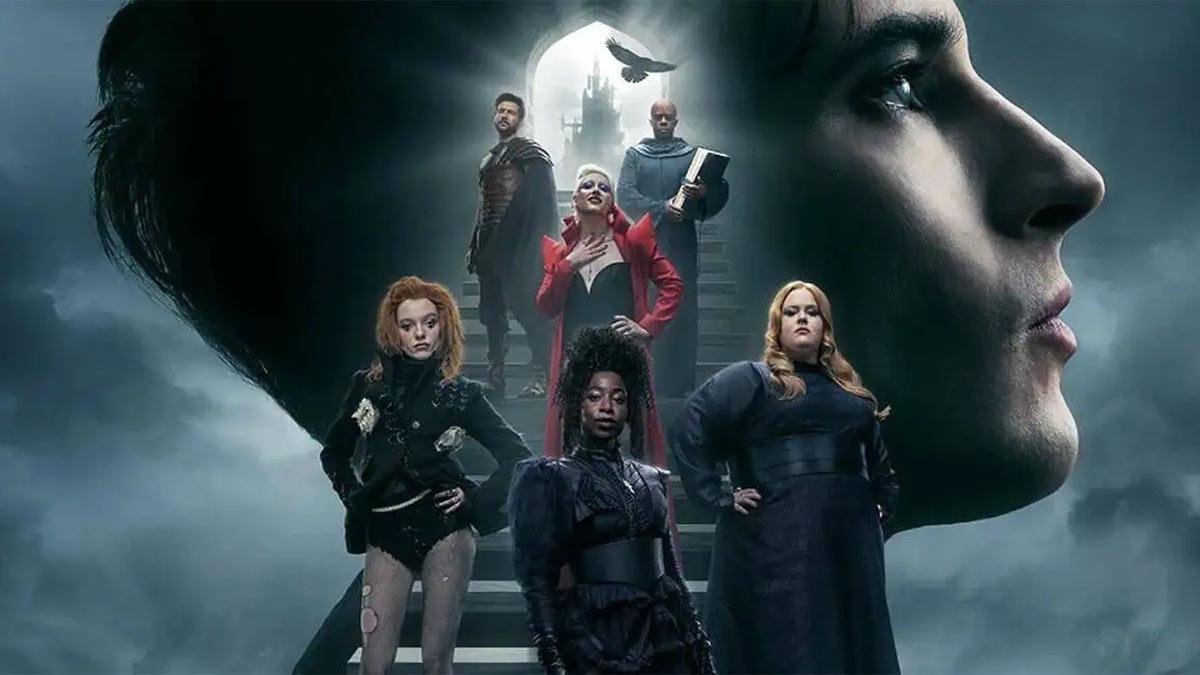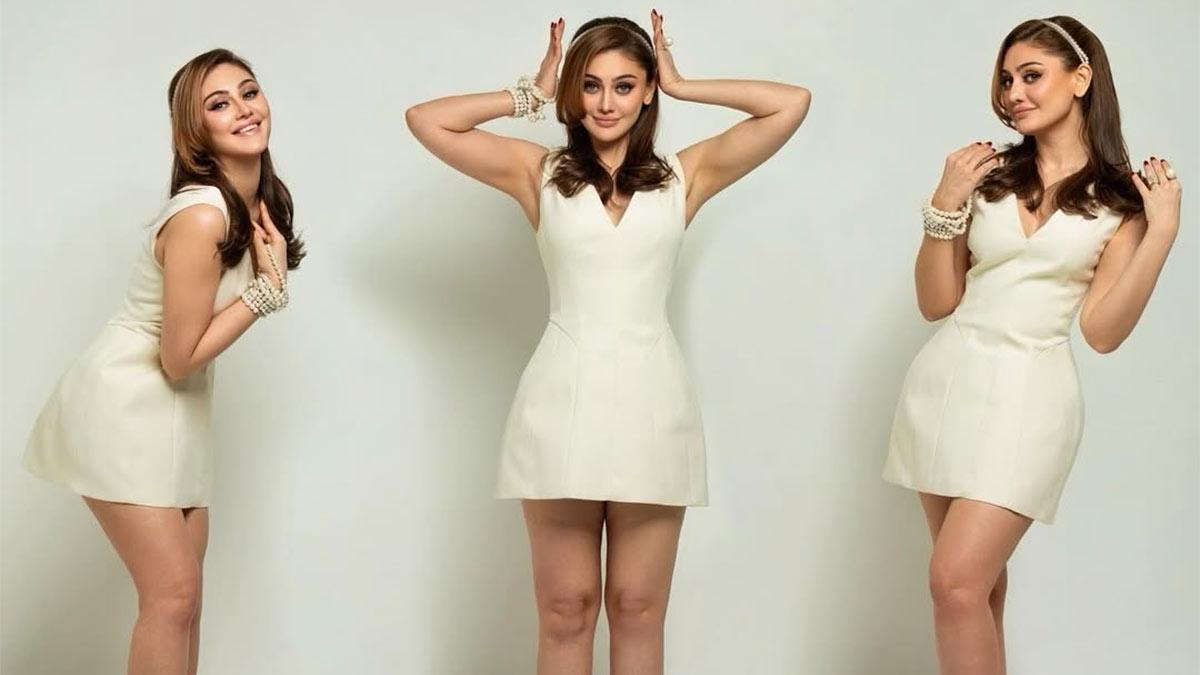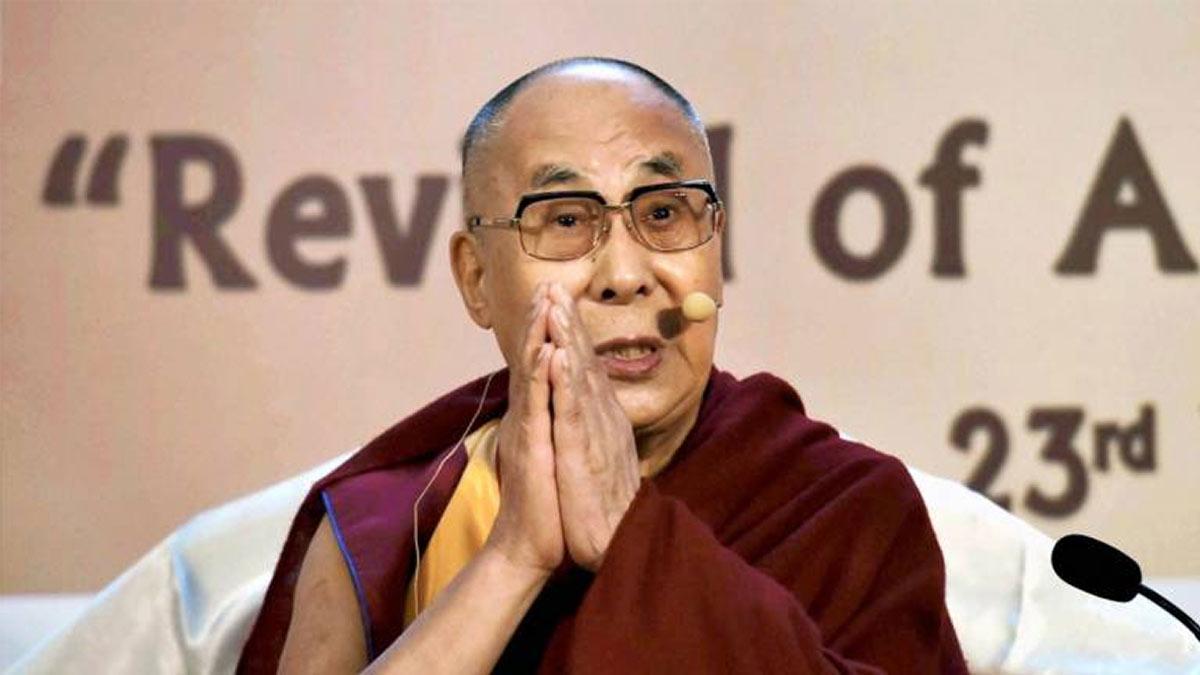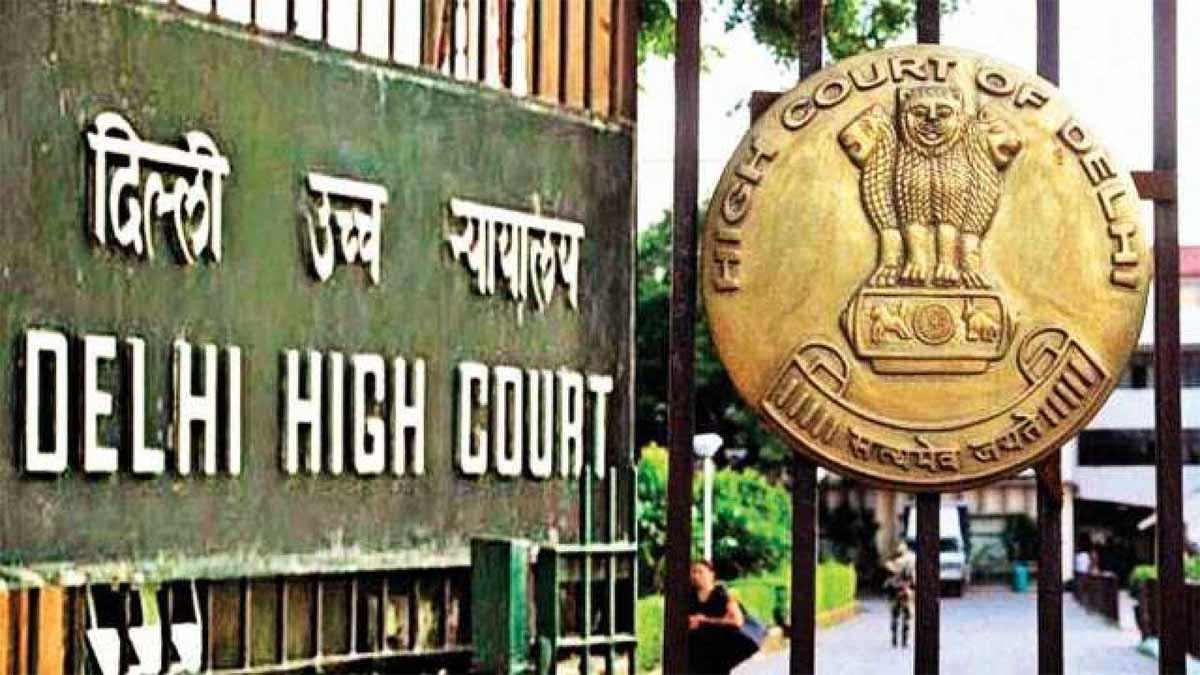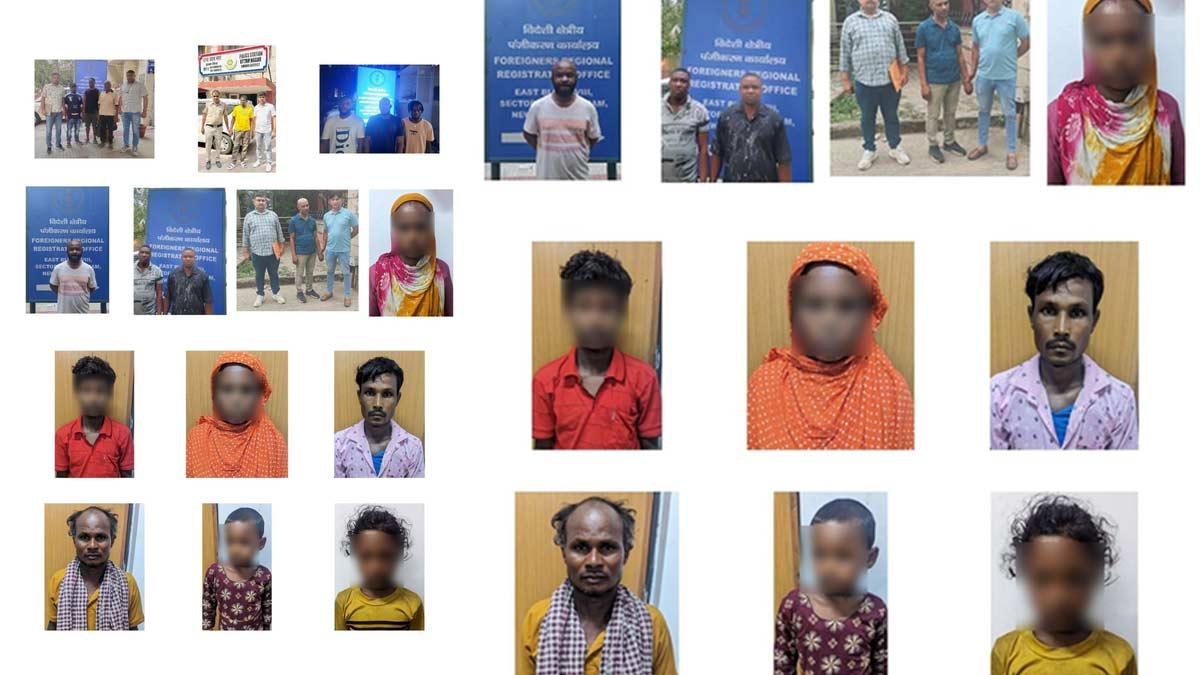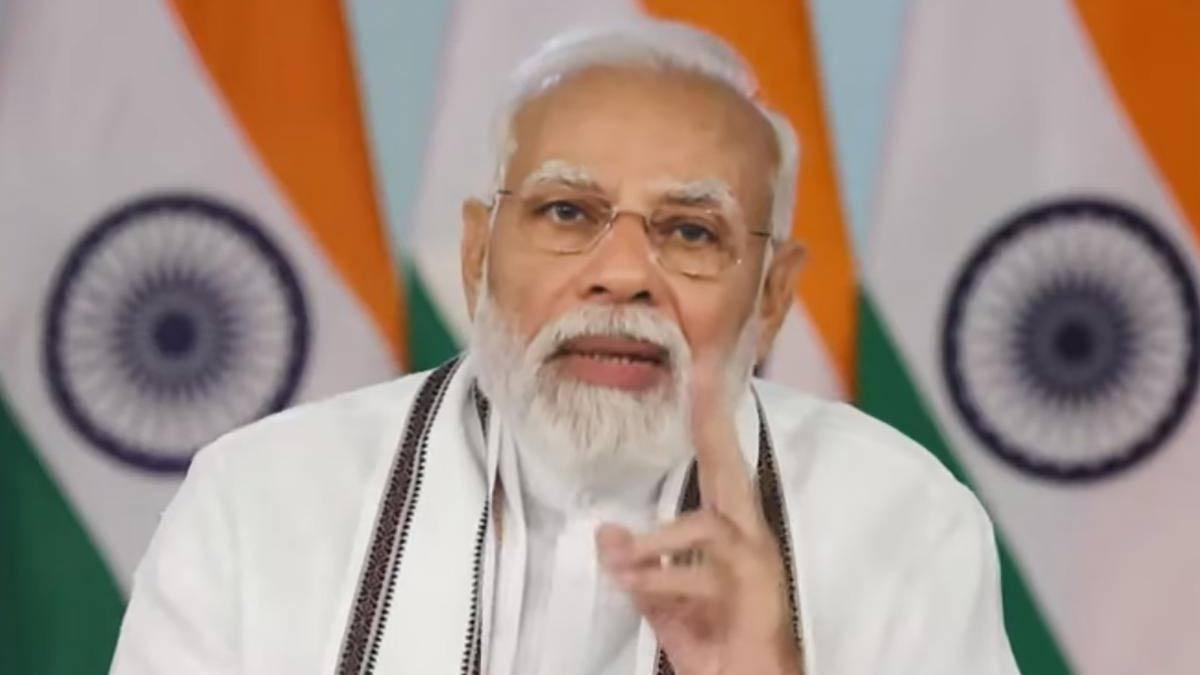On Tuesday, the Union Government paved the way for the promotion of Supreme Court Judge Justice B.R. Gavai to the position of future Chief Justice of India (CJI).
A Ministry of Law and Justice announcement stated, "In exercise of the powers conferred by clause (2) of Article 124 of the Constitution of India, the President appoints Shri Justice Bhushan Ramkrishna Gavai, Judge of the Supreme Court, to be Chief Justice of India with effect from 14th May, 2025."
Incumbent CJI Justice Sanjiv Khanna will retire on May 13 when he reaches the age of 65 years. Last month, he had recommended Justice Gavai as the future CJI.
Justice Gavai, who is the 52nd CJI, will be in office for over six months, retiring on November 23, 2025.
Elevated to the Supreme Court on May 29, 2019, Justice Gavai was previously sworn in as an Additional Judge of the Bombay High Court in November 2003 and later a permanent Judge in November 2005.
Before being appointed to the judiciary, Justice Gavai was an expert in constitutional and administrative law and the Standing Counsel for various municipal corporations like the Municipal Corporation of Nagpur and the Amravati University. He was appointed as Assistant Government Pleader and Additional Public Prosecutor for the Nagpur Bench of the Bombay High Court and as Government Pleader and Public Prosecutor in 1992 and 2000 respectively.
During his tenure at the Supreme Court, Justice Gavai was part of a 7-judge Constitution Bench that weighed whether sub-classification within reserved categories to avail further benefits was constitutional. He proposed applying the "creamy layer" concept to the Scheduled Castes (SCs) and Scheduled Tribes (STs) so they could avail the benefits of affirmative action.
Justice Gavai made his rationale by stating, "When the 9-Judge Bench in Indra Sawhney held that applying such a test (creamy layer test) to Other Backward Classes would advance equality based on the Constitution, then why should this test not be applied to the Scheduled Castes and Scheduled Tribes?"
He also wished to ask if the son or daughter of IAS/IPS or civil servants is similar to the son or daughter of poor family that belongs to Scheduled Castes and studies at a school in a village?
Justice Gavai explained that comparing SC and ST top brass children who have benefited through reservation and are no longer plagued by social, economic, and educational disadvantages with children of parents who engage in manual labor in villages would be against the constitutional intent.
Read also| Following Pahalgam Attack, J&K Government Shuts 48 Tourist Spots in Kashmir

